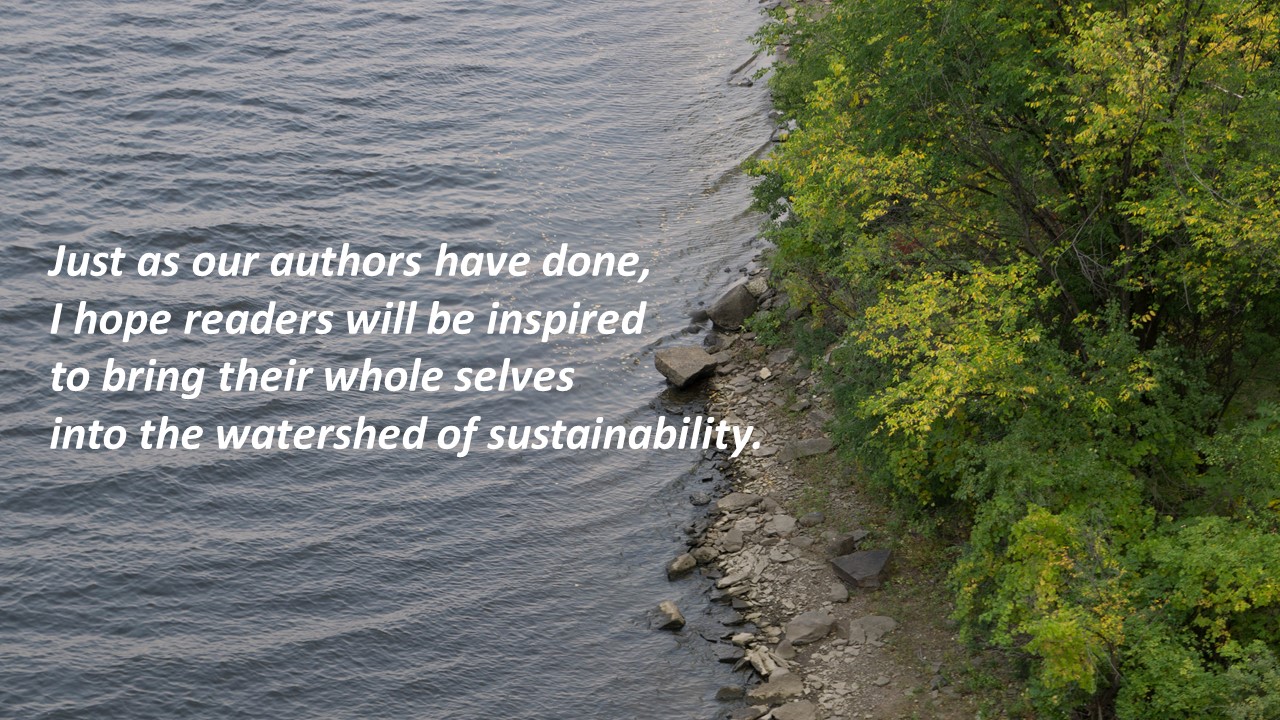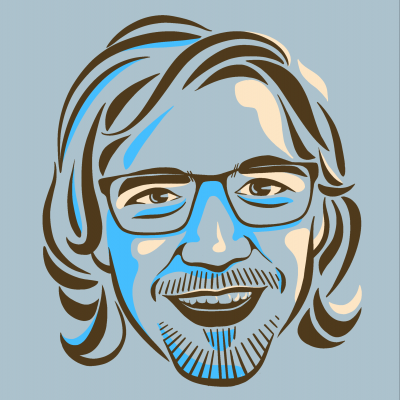Introduction to Our Watershed
Peter Levin
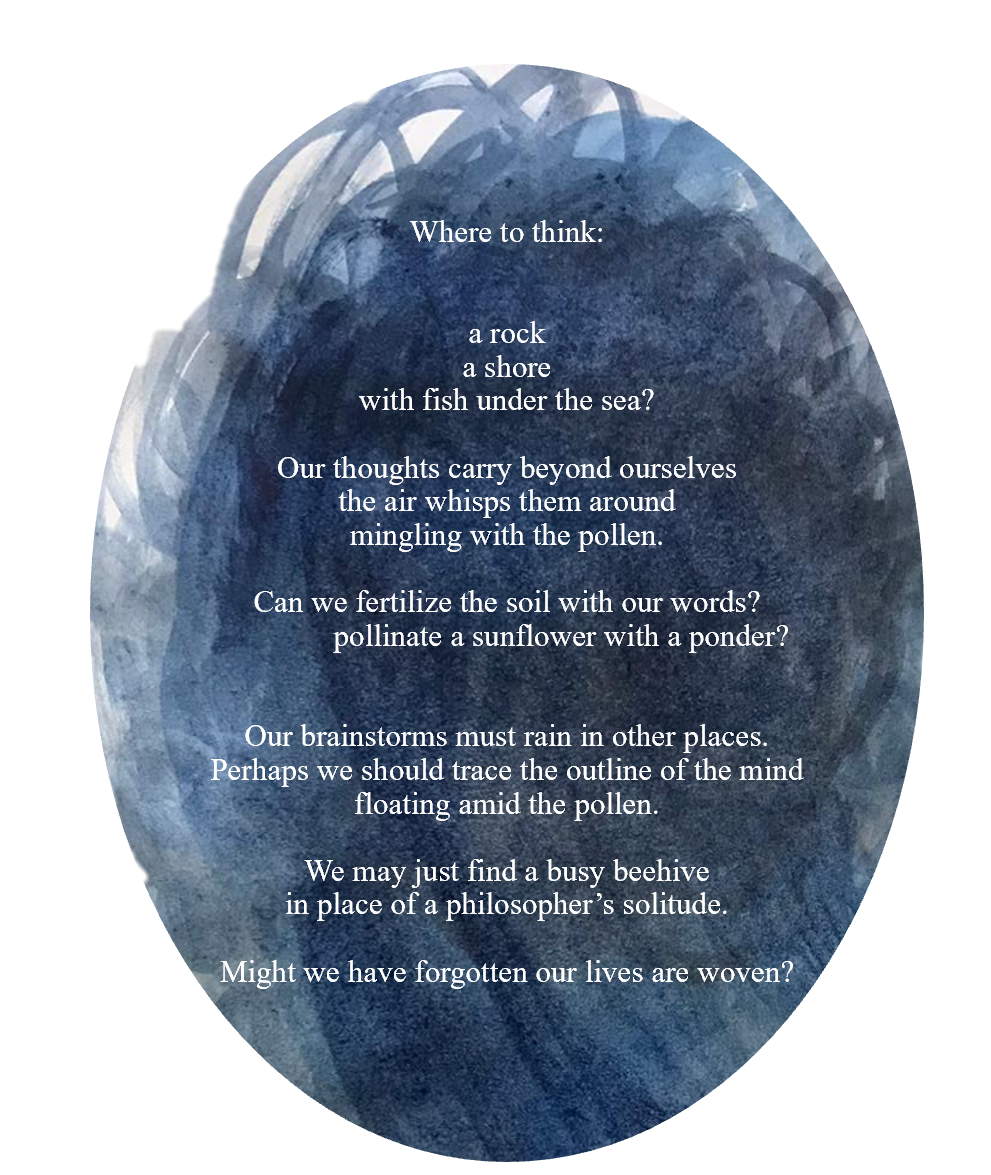
To open this book, we share a conversation between Peter and Beth, two primary coordinators of the effort. The book’s authors belong to the Institute on the Environment (IonE) Educators program, which Peter and Beth facilitate. In this interview with Peter, you’ll learn his story with sustainability, and get a preview of the chapters that lay ahead.
A conversation between Peter & Beth
Beth: Tell me about your personal experience getting into sustainability. And how does your connection to the southwest inform your entrance into sustainability?
Peter: I grew up in Albuquerque, right along the Rio Grande River. In my childhood, I was blessed to live on an acre of land, on a dirt road with a forest we tended to. Every other Sunday we would flood-irrigate the trees through the acequia system. Acequias are an irrigation system brought to the region by the Spanish colonizers, who learned it when Arabs brought the system to Iberia.
From there, I got a sense, from an early age, of how interconnected my life was within nature. When the river was flowing and it was our time for water, the gravity-propelled channels would bring a bit of river current to our trees. When the river was low, our trees would have to wait for their drink.
I really grew up from an understanding of that place, that I was a part of it, a part of water and land there.
Beth: So when a lot of people think of the desert Southwest I think they envision an arid landscape. And they might have images of blowing dust or something from our Hollywood imagination of it. But you’re talking about a really different sort of landscape. Can you say more about that?
Peter: I always need to live next to a river. Right now I live on the banks of the Mississippi, which has been very important for my years here in Minnesota. That proximity to water is important.
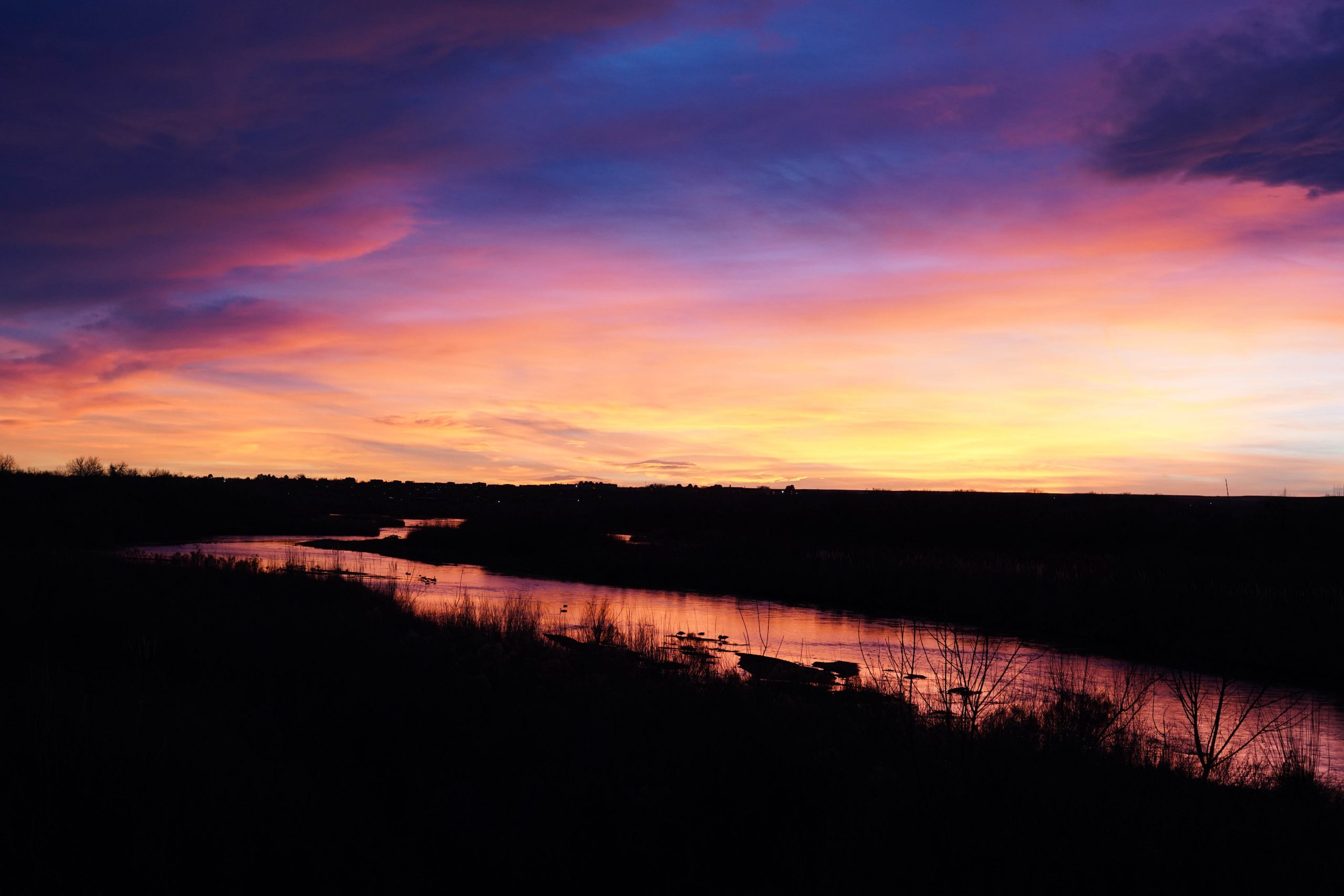
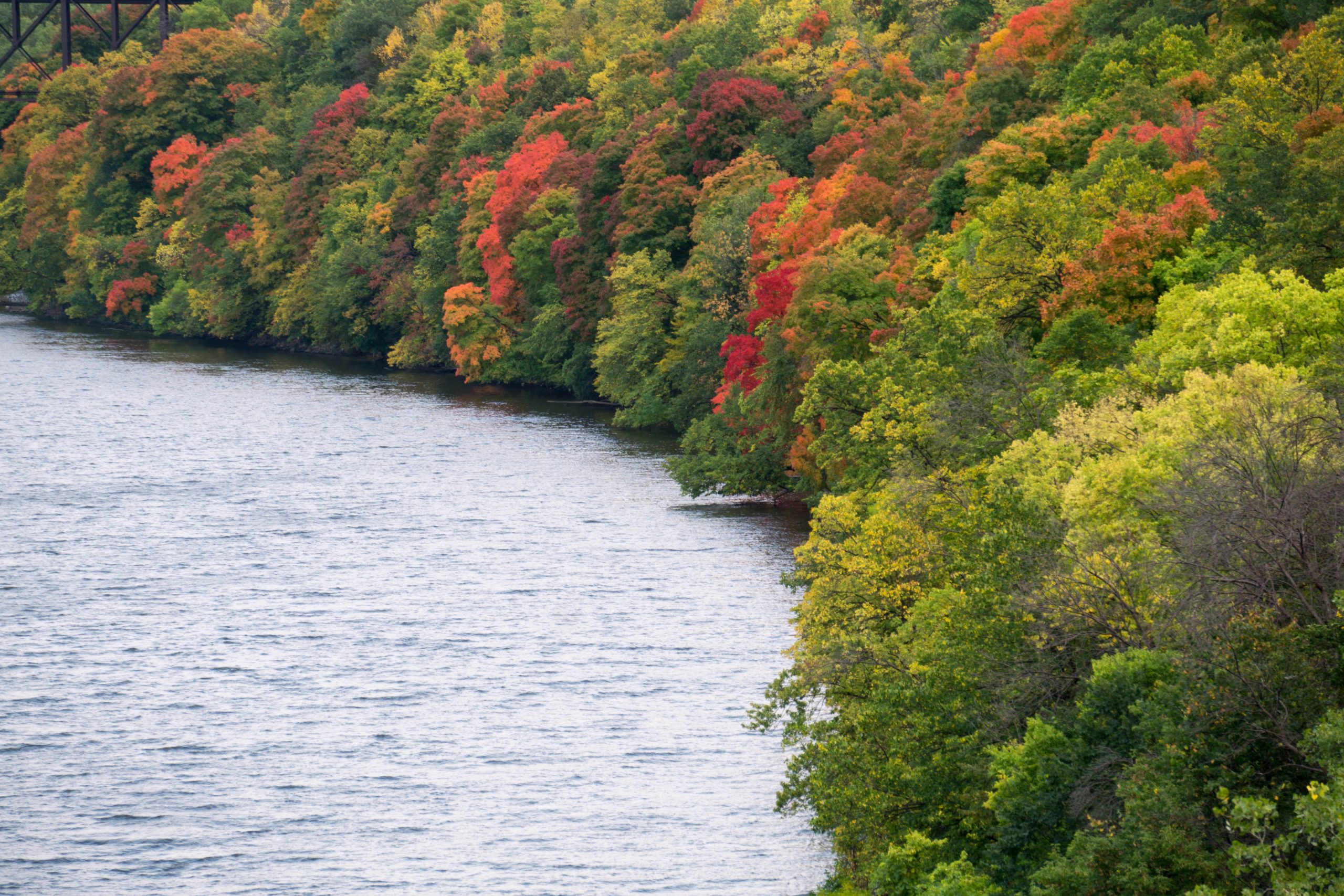
That probably does come across as ironic to people who don’t understand what a semi- arid landscape is. Water is life in the southwest. Everything is sharp because everyone is protecting their water. But we have an amazing amount of diversity. New Mexico is one of the most biodiverse states, and that amazing diversity comes from even little bits of water. Everyone has to share that resource and they guard it in remarkable ways.
I think that led into my undergrad studies, where I ended up looking at human/river relationships in the southwest and also in Victoria, Australia. Then I went into education, looking at human relationships through conservation and a bunch of sustainability and environmental education programs.
I think that all of that is rooted in a sense of place.
Beth: I think a lot of people who are in sustainability would hear your story, your origin story about thinking about relationships, and would think “Oh, of course, that’s systems thinking, so he’s a sustainability thinker.” But it sounds like you were interested in place and environment, and the sustainability element came later for you. What got you to actually feel like you are engaged personally with sustainability?
Peter: My core sense of interdependence and relationships between everything in nature, including humans, comes from a baseline of being a part of nature in Albuquerque. It’s more recently that I’ve been learning the frameworks like sustainability or environmental education that center that in a larger context.
I think I’m coming to terms with the terms, like “Oh, this is environmental education or sustainability or systems thinking,” even some of the stuff that talks more directly about being part of nature. You know, native science and indigenous ways of knowing really center that, too. Which is not my way of knowing or where it came from for me, but it certainly overlaps in ways.
It’s interesting learning and starting to identify with sustainability. There’s a framework, and people globally, locally, nationally are trying to do what I believe, which for me is rooted just from the very fortunate way in which I grew up.
I’ve had to figure out my label, which community I fit in. And more and more I realize it centers on sustainability because of how broad and comprehensive that community is.
Beth: So you’re thinking about environmental education as a kind of an element of sustainability, or you’re thinking about personal relationships and personal wellness?
Peter: I’ve been trying to figure out how an understanding our connections within nature aligns with wellbeing, mental health, child development. And what’s an area where you can do work in all of this that reaches lots of children. I think of education as a really good area for that type of work. During Covid-19, since kids weren’t in school, I produced a short film that aimed to support children developing their relationship with nature while at home.
Very recently, focusing on the wellness element of some sustainability definitions, I’ve come to see sustainability as a practice and framework that can bring that type of perspective, even to schooling. So that’s what I’m hoping to do now, bring wellness-based sustainable education to students.
And I’ve definitely learned and expanded my understanding and stance on sustainability through working with our Institute on the Environment Educators, including the authors of this ebook.
Beth: I was interested in how you’ve learned alongside them. Or how the experience of supporting their individual projects and their collective work has shaped how you think about sustainability.
Peter: That’s been a very interesting process, because my job and yours is essentially to facilitate their work, individually and collectively, and to foster collective creativity. Everyone we work with has a deep well of creativity from such different sectors of thinking, but everyone’s essentially trying to help us live better.
Being in the role of facilitating those stories and trying to bring together that community has allowed me to be in an insider/outsider learning position. You know, us versus them. I get to play an “us,” but one that really tries to amplify their work in their voice, instead of my own, most of the time.
From there I’ve been able to witness my own conceptual changes, the ones I’ve come to from working with all of these educators. Within the ideas of sustainability and equity, the ways of knowing, the specific sub-fields like insect science and green chemistry and engineering and public health—it just keeps going—my understanding of each of those areas is vastly enriched.
I think, because of all this, my first reaction to the Sustainable Development Goals was excitement. And I still think it’s a great framework, and I see a lot of people adopting it, and using it in really powerful ways. It gives collective momentum.
But I don’t think this sustainable development framework is how everyone defines sustainability. Certainly, not everyone in our program sees it that way. Our authors’ definitions and approaches to sustainability are deep and diverse, but in an inclusive way. Because I’ve had my eyes opened in this way, I do identify with sustainability and the movement it is building.
Beth: What’s interesting to me is the fact that you are coming from an undergraduate program in which you studied your region, the Southwest, from environment and geography and sociology perspectives. But also from a personal perspective; it seems like your roots are connected to your own personal story.
In this book and in the work with educators, I think that personal depth of understanding and connection to where your work and your interests lie is something that’s become a signature part of the program. I see your influence there; is that something you’ve noticed along the way?
Peter: I think that’s a really good observation. My personal story definitely affects my work, and I’ve brought my personal life connections into this job, as I facilitate this community and invite the Educators to bring their whole selves. And they definitely have. All of our meetings have a personal element. And even in writing this book, our prompts probably dug deeper than some of the educators and authors here are used to. We have a lot of personal narratives in pretty much every chapter.
What’s ahead in Embodying Sustainability?
Peter: Our book opens with Jess Larson’s story exploring how art and fashion can fit in a small town with a big focus on sustainable living. She highlights how her campus in the town of Morris, Minnesota, achieved a collective commitment to sustainability. And more than that, how Morris deeply values living sustainably. Jess’s writing style brings a refreshing breath of frankness to the struggle of making change in academia, and allows the reader to see how the art faculty worked to align their values with the sustainability movement. And it all builds into the awesome Trashion Fashion student event. She proves that reusing “junk” can be cool and beautiful!
Beth: It’s really clear that the students that she connects with get a very positive energy from that experience of making and creating while they’re thinking about supply chain. It’s a story about the supply chain, but it’s told like it’s in a fashion magazine.
Peter: There’s a beautiful bridging of hands-on and deep thinking.
Aparna Katre’s chapter and her work has been another eye opening experience for me. She is looking at narratives of the creative industries and histories of industrialization. She lives and works in Duluth, and in this chapter shares the city as a case study for how support of creative industries is a path forward for sustainable development. And she embeds this rich, detailed story map of Duluth that she made with students and colleagues
Beth: One thing I love about her chapter is that it’s this beautiful scholar/practitioner effort. She’s researching, but she’s also supporting that creative economy in Duluth. And then she takes this beautiful additional step of providing guidance for anyone who wants to follow suit practice in their own community. It’s a really great story and has tools you can use.
Peter: Aparna’s chapter overlaps with Kristin Osiecki’s chapter, which takes the reader into a thorough telling of place and time in the Midwest. She brings you to the kitchen table with her grandma in Blue Island, a suburb of Chicago where she grew up. But it’s not just her family’s story of that place. She also shares stories from the Illini tribe and other indigenous communities of the area. Knowing Kristin, the interdisciplinary public health scholar, it is not surprising to see the tactful way she links issues of environmental degradation, colonization, and health. But she reminds us that this place-based narrative is not just about the past, but is also a key part of creating the sustainable path forward. Her chapter also features amazing art by Miranda Edwardson.
And then we have Clement Loo, who opens his chapter with an auditory collage of excerpts from his podcast “Just Sustainability.” But it is not until you journey through the tale of his tattoo, his views on food justice and living well, and the value he places on communication in a sustainable world that you read about him making that podcast. You enter his philosophical and comedic mind, and see the many ways in which he links these concepts together. Reading his work is where I’ve learned a lot about the wellness and access aspects of sustainability.
Peter: In Kimberly Byrd’s chapter you get a dive deep into a personal narrative with sustainability and teaching and trying to devise a brand new way of approaching all of it. But you can feel and learn from the way she writes that this is a personal journey, as she travels among these basins and mindsets of how to live. It’s an imaginative way of seeing sustainability that bridges intellect and creativity. You could call this gamifying sustainability, but it’s such a deep journey. You’ll go deeper with her and learn more from that, and see a lot of her beautiful artwork.
In your (Beth Mercer-Taylor’s) chapter, you’re using your lived experience growing up in Cleveland. The reader can feel you grappling with understanding and misunderstandings, both politically and personally, and with systems of justice and injustice around the environment. It’s really interesting hearing about the major fires on the river and in the neighborhood, and how they impacted you. Your personal relation with environmental work and sustainability also really resonates with me. I also appreciate how you pull it into sustainability in higher education.
Beth: When I first started in sustainability, I had not thought of myself as an environmentally focused person. The way you struggle with sustainable development is similar to my struggle with the environmental label. Because it seems like a privilege to worry about the global-scale environment.
You need to be making a living and have a stable place to live to put your mind towards that. On the other hand, people who are the poorest in the world are generally not the ones contributing to the global scale of our problems.
Peter: I have the same issues with these fields for basically the same reasons. In some ways, it’s a privilege circle, working on environmental issues in the typical sense. It’s like the Kuznets curve, where you can begin worrying about topics like the environment once your income and basic needs are met.
Beth: On the other hand, if you look at the Kuznets curve idea in an indigenous community that doesn’t fall into a nation state, you see that their communities have taken care of themselves in the environment in a more holistic way. That just lies outside of that system altogether.
Peter: Personally, I don’t work with the environment and nature just to improve “it,” looking at it as this external thing that we must protect. Rather, I think of being within it and being able to place yourself and others within it, and from there helping address the broad level of inequities for humans and for the environment.
Just two days ago I was thinking about my future work and next opportunity, and I thought that maybe I do identify with sustainability more than environmental education. I’m still just traversing things and trying different things, not yet identifying with one particular field.
Beth: If you’re in a society where understanding and living with nature, food systems, plants, and animals is not a normal part of your day to day life, how do you move into sustainability? Particularly when you don’t have that experience to drop into it. Sometimes it feels like a club for ecologists. I sit with a lot of complex feelings about that.
People might be surprised by how our Educators, and many of us in this community, have really mixed feelings about the word sustainability, the ideas of sustainability, and wonder whether it is the right approach.
Peter: Every author in our book questions sustainability and the work they do. I think all of them are trying to change even the definition of it. Frankly, a goal of our program is pushing on what sustainability is. I think readers will be surprised by what’s inside this book. Each author would write a different definition of sustainability, and not all would fully identify with the term. Regardless, there is certainly a collective movement around these issues, even if we can’t fully define the term that encompasses them.
Beth: Right. The point of this whole program is to bring these ideas into pedagogy and teaching, and into higher education.
We’re showing the kind of environment that you’d hope would be there in a course where sustainability is one of the themes, but we’re also questioning the terms and goals, and leaning into understanding those.
Peter: I agree. I think we encourage educators to bring their own creativity and perspective into teaching sustainability.
We may surprise some educators who come to our program expecting more training on how to teach sustainability. We do some of that, but more often, we bring them in to help facilitate their journey in sustainability with a cohort of people who are all also on a journey, and then we create collective things like an ebook.
We never know where this work is going. When we open the book, as the authors, we are still surprised by what’s on the pages.
Beth: And we have beautiful author-created images in Kimberly Byrd’s and Jess Larson’s chapters, and audio with the podcasting in Clement’s. We also have photography from you and other educators.
Peter: And there’s the story map embedded in Aparna’s chapter. And, of course, we have Julia Carpenter’s work on the cover and Miranda Edwardson’s work here. They’re both brilliant young artists who do intricate, meaningful, beautiful work.
I’m really excited to share this book and it’s been quite the process to collectively put it together.
Beth: So what’s the whole e-book like? Is it a prickly pear cactus? Is it a horny toad? What’s the metaphor?
Peter: It’s definitely a watershed. There are many different streams leading into this. Each Educator brings their own stream with similar waters, but I think they all are collecting and amplifying each other’s work. They all are adding together into a rich flow. I think that’s what this book is, and I hope we have more additions.
Beth: There are some beautiful little islands in the stream, and then there are some rough rapids. There might even be a bit of blue green algae on the edges.
Peter: Rivers are often used for metaphors because they are a natural representation of the movement of life and, I think, of collaborative living. And these words are scripted near the headwaters of the Mississippi River.
